How to Integrate Renewable Energy with Offshore Oil Rigs
As the world shifts towards sustainable energy solutions, integrating renewable energy with offshore oil rigs presents an innovative approach to balancing the demands of energy production with environmental stewardship. This hybrid approach not only mitigates the environmental impact of oil extraction but also enhances the efficiency and cost-effectiveness of offshore drilling operations.
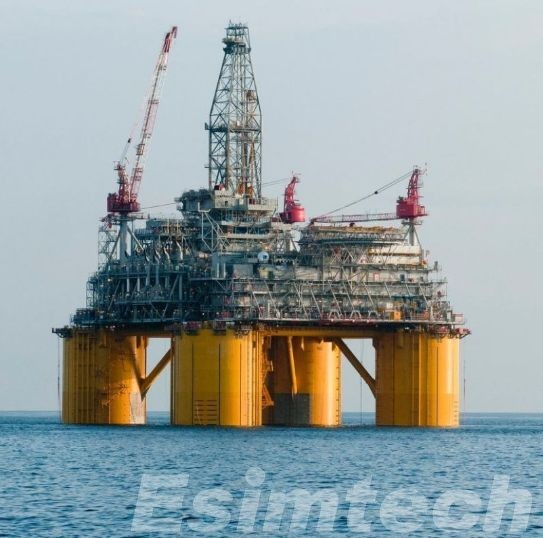
The Need for Integrating Renewable Energy with Offshore Oil Rigs
Offshore oil rigs are pivotal to the global oil and gas industry, contributing significantly to energy supplies. However, these installations are also substantial consumers of energy, primarily relying on diesel generators or gas turbines. This reliance not only increases operational costs but also leads to considerable greenhouse gas emissions. The integration of renewable energy sources, such as wind, solar, and wave power, can mitigate these issues by providing a cleaner, more efficient power supply to offshore rigs.
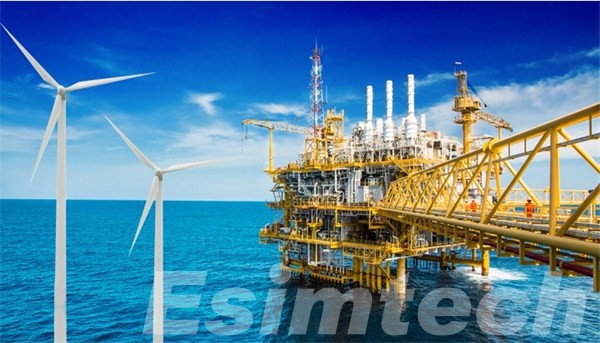
Renewable Energy Solutions for Offshore Oil Rigs
Offshore Wind Power
Offshore wind power stands out as one of the most viable renewable energy sources for offshore oil rigs. The consistent and strong wind currents found at sea make it an ideal location for wind energy generation.
1. Fixed-Bottom Turbines
Suitable for shallow waters where the seabed is within 60 meters of the surface.
Fixed-bottom turbines can be installed near oil rigs to directly supply electricity, reducing reliance on diesel generators.
2. Floating Wind Turbines
Designed for deeper waters, where traditional fixed-bottom turbines are impractical.
Floating turbines are anchored to the seabed with cables, allowing them to be positioned in optimal wind conditions, even in locations far from shore.
These turbines can be connected to oil rigs via undersea cables, providing a steady and reliable source of power.
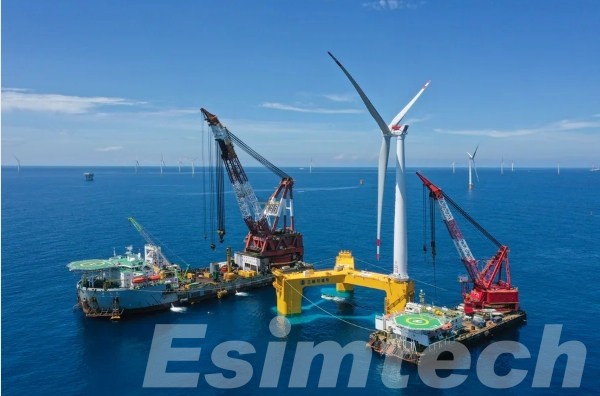
Solar Power
Solar power offers another complementary renewable energy source for offshore oil rigs. Despite challenges posed by the marine environment, advancements in solar technology are making it increasingly feasible.
1. Marine-Grade Solar Panels
Designed to withstand harsh marine conditions, including saltwater corrosion and high winds.
Panels can be installed on the extensive deck spaces of oil rigs, capitalizing on otherwise unused areas.
2. Hybrid Systems
- Solar panels can be integrated with wind turbines to create hybrid systems that maximize energy generation.
- These systems ensure a more consistent power supply by balancing the intermittency of solar and wind energy.

Wave and Tidal Energy
The ocean’s kinetic energy is a promising renewable resource that can be harnessed through wave and tidal energy technologies. These sources offer continuous and predictable energy generation, ideal for complementing other intermittent renewable sources.
1. Wave Energy Converters
- Devices that capture the energy from surface waves and convert it into electricity.
- Can be installed near oil rigs to provide a supplementary power source.
2. Tidal Turbines
- Similar to underwater wind turbines, these devices harness the energy from tidal currents.
- The predictability of tides ensures a reliable and steady power supply, making it a valuable addition to the energy mix.
Energy Storage and Management
Effective energy storage and management systems are essential to address the intermittency and variability of renewable energy sources.
1. Battery Storage Systems
High-capacity batteries can store excess energy generated during peak production periods.
These systems ensure a continuous power supply even when renewable sources are not generating electricity.
2. Hydrogen Storage
Excess electricity can be used to produce hydrogen through electrolysis.
Hydrogen can be stored and later used in fuel cells to generate electricity, providing a flexible and long-term energy storage solution.
3. Smart Grid Technologies
Advanced control systems enable real-time monitoring and efficient distribution of energy between renewable sources and backup generators.
These technologies optimize the use of available energy, enhancing the reliability and efficiency of the power supply.
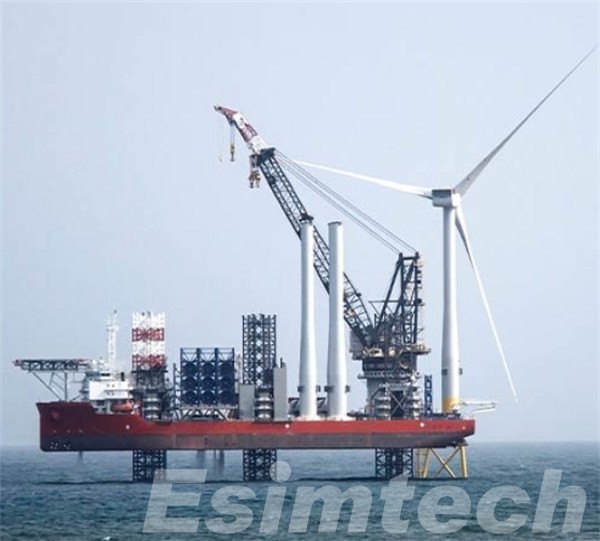
Benefits of Integrating Renewable Energy with Offshore Oil Rigs
The integration of renewable energy solutions with offshore oil rigs presents numerous economic and environmental benefits.
Cost Reduction
- Decreased fuel consumption lowers operational costs.
- Long-term savings from reduced dependence on fossil fuels and enhanced energy efficiency.
Environmental Impact
- Significant reduction in greenhouse gas emissions aligns with global climate goals.
- Demonstrates a commitment to sustainability, improving the industry’s public perception and stakeholder relations.
Energy Security
- Diversification of energy sources enhances the resilience and reliability of power supply.
- Reduces vulnerability to fossil fuel price volatility and supply disruptions.
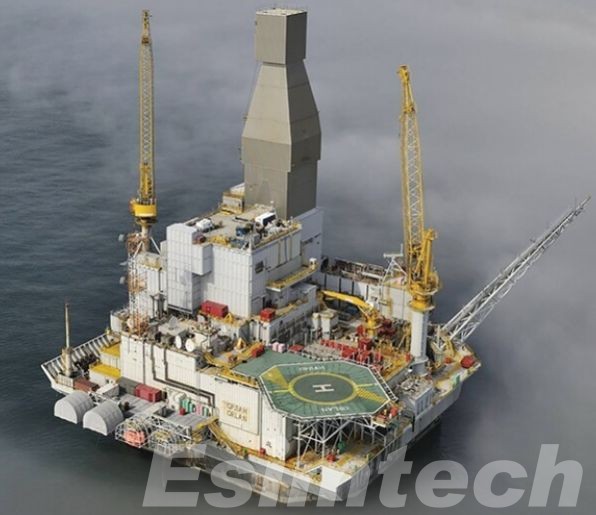
Challenges Involved in Integrating Renewable Energy with Offshore Oil Rigs
This chart summarizes the multi-faceted challenges faced when integrating renewable energy solutions with offshore oil rigs.
| Category | Challenges |
| Technical | Durability and maintenance of renewable energy systems in harsh marine environments High initial costs and complexity of installing renewable energy infrastructure Integration with existing power systems and ensuring compatibility Energy storage solutions to manage intermittency and variability of renewable sources Advanced control and monitoring systems for efficient energy distribution |
| Operational | Ensuring continuous power supply and reliability of hybrid systems Training personnel to operate and maintain renewable energy equipment Coordinating with traditional energy sources to optimize energy use Real-time data management and decision-making for optimal performance |
| Environmental | Potential environmental impacts of installing and operating renewable energy systems in marine ecosystems Navigating regulations and permitting processes for renewable energy installations Mitigating environmental impact on marine wildlife and habitats |
| Economic | High capital expenditure for deploying renewable energy technologies Uncertain return on investment and economic feasibility in certain regions Market volatility affecting the cost of renewable energy equipment and materials |
| Logistical | Transportation and installation of large and heavy renewable energy components in offshore locations Supply chain complexities and availability of specialized equipment and vessels Ensuring the stability and security of offshore renewable energy infrastructure |
| Regulatory and Policy | Navigating complex regulatory frameworks and compliance with international maritime and environmental laws Securing necessary permits and approvals for renewable energy installations Adapting to evolving policies and incentives for renewable energy integration |
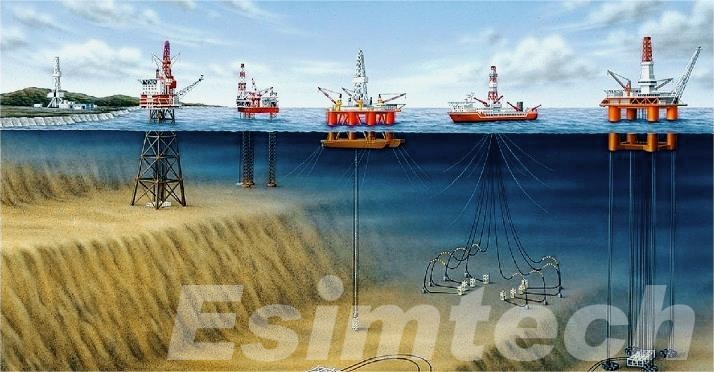
Future Prospects in Integrating Renewable Energy with Offshore Oil Rigs
As renewable energy technology advances, the potential for integration with offshore oil rigs will grow. Collaboration between the oil and gas industry, renewable energy companies, and governments is crucial to overcome technical challenges and promote widespread adoption. Regulatory frameworks and incentives can further facilitate this transition.
Simulations Used in Integrating Renewable Energy with Offshore Oil Rigs
Simulations play a crucial role in integrating renewable energy with offshore oil rigs. They help in designing, testing, and optimizing the integration processes to ensure efficiency, reliability, and sustainability.
| Simulation Type | Description | Benefits |
| Wind Resource Assessment | Simulates wind patterns and speeds over the ocean to determine optimal locations for installing wind turbines. | 1. Identifies the best sites for maximum energy generation. 2. Reduces risk and uncertainty in wind projects. |
| Wave and Tidal Energy Modeling | Simulates ocean wave and tidal conditions to assess the potential energy generation from wave and tidal energy converters. | 1. Optimizes the placement and design of wave and tidal energy devices. 2. Ensures efficient energy capture. |
| Solar Irradiance Simulation | Analyzes solar radiation levels over offshore rigs to determine the feasibility and efficiency of solar panel installations. | 1. Evaluate the potential for solar energy generation. 2. Optimizes panel placement and orientation. |
| Structural Simulation | Models the structural integrity and durability of renewable energy installations under harsh marine conditions, including high winds, waves, and corrosion. | 1. Ensures the safety and reliability of renewable installations. 2. Extends the lifespan of equipment. |
| Energy Storage Simulation | Simulates the performance and capacity of energy storage systems, such as batteries and hydrogen storage, to manage the variability of renewable energy sources. | 1. Optimizes storage capacity and efficiency. 2. Ensures a reliable power supply during low-generation periods. |
| Hybrid System Integration | Simulates the integration of renewable energy sources with existing diesel or gas generators to develop a hybrid energy system that optimizes energy use. | 1. Balances energy supply and demand 2. Reduces fuel consumption and emissions |
| Grid and Energy Management | Simulates the operation of smart grid technologies and advanced control systems to manage the distribution and flow of energy from multiple sources. | 1. Enhances energy distribution efficiency 2. Ensures stable and reliable power supply |
| Economic Feasibility Analysis | Models the economic aspects of integrating renewable energy, including capital expenditure, operational costs, and return on investment. | 1. Assesses the financial viability of projects. 2. Helps in making informed investment decisions |
| Environmental Impact Assessment | Simulates the potential environmental impacts of renewable energy installations on marine ecosystems, including effects on wildlife and habitats. | 1. Identifies and mitigates environmental risks. 2. Ensures compliance with environmental regulations |
| Operational Simulation | Simulates the oil and gas rig operations of the integrated energy system, including maintenance schedules, energy production forecasts, and potential downtime scenarios. | 1. Improves operational efficiency. 2. Minimizes downtime and maintenance |
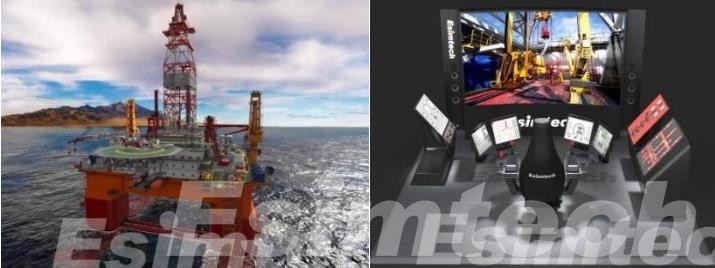
Conclusion
Integrating renewable energy with offshore oil rigs is a pivotal step towards a sustainable energy future. By harnessing wind, solar, and wave power, the oil and gas industry can reduce its environmental impact and operational costs. This integration not only benefits the industry but also supports broader environmental and climate objectives, paving the way for a cleaner and more sustainable energy future.
